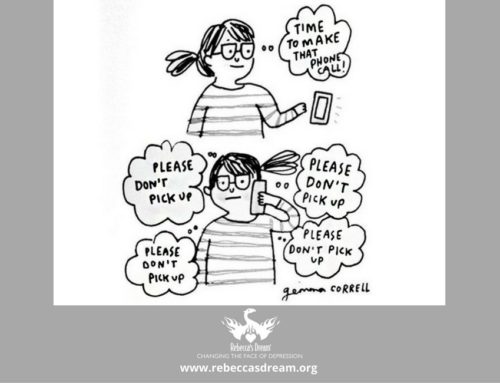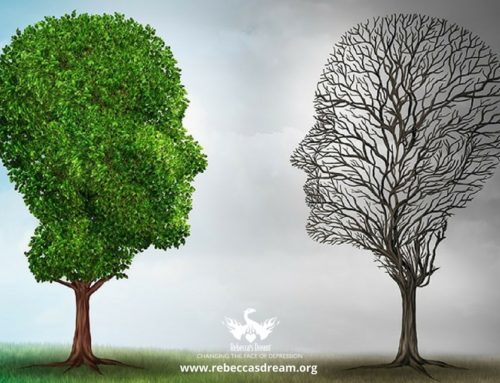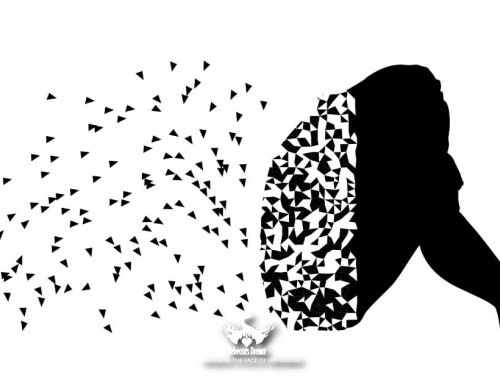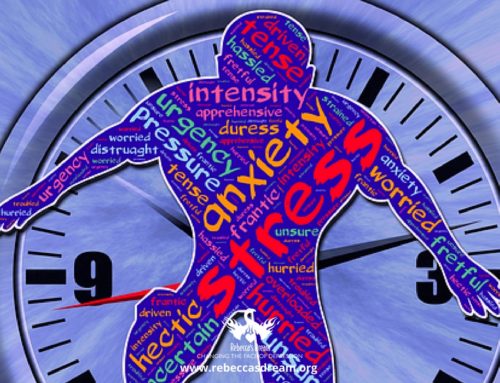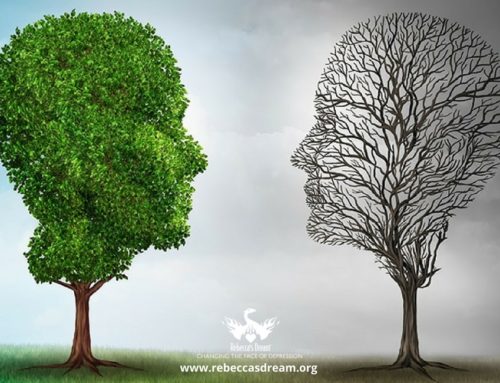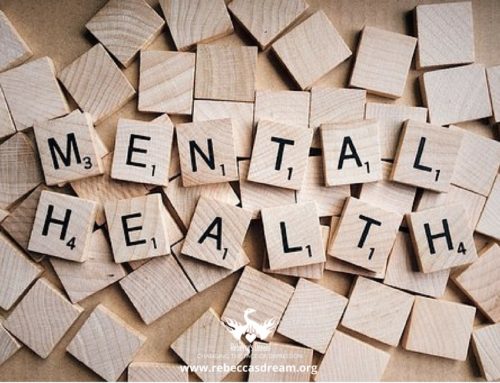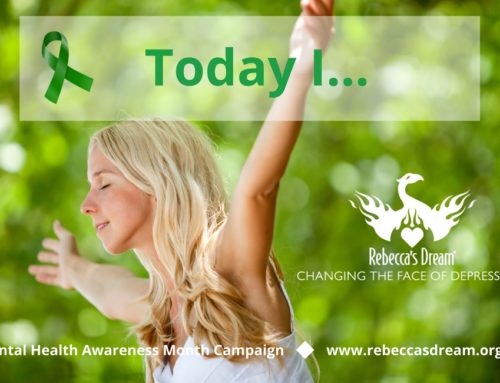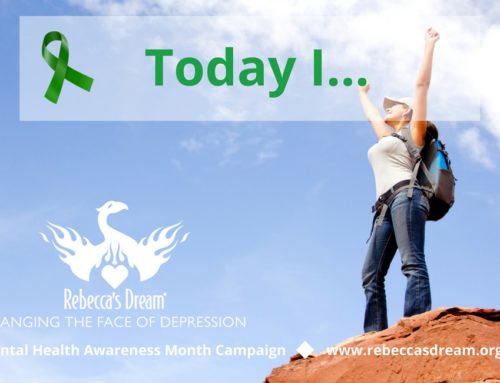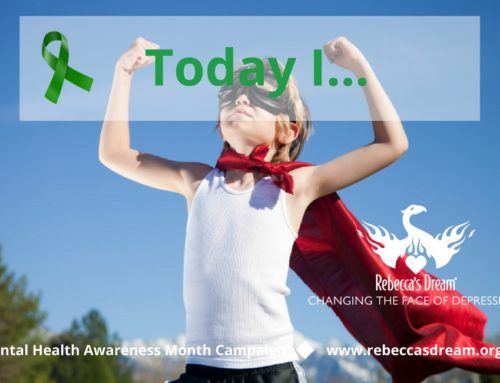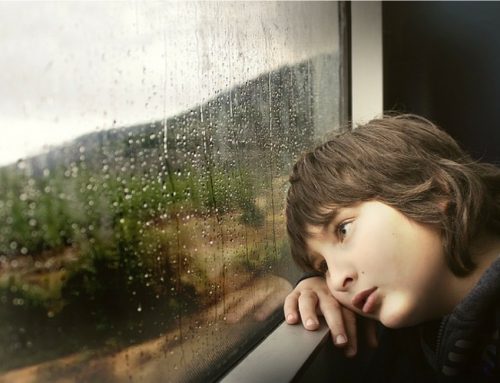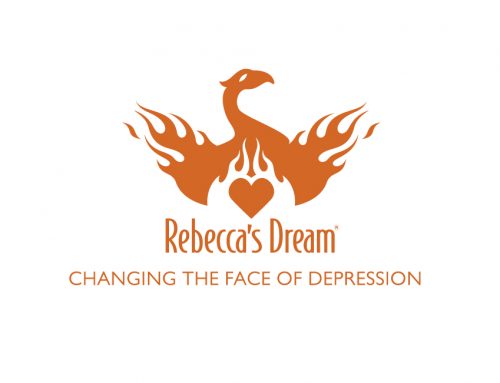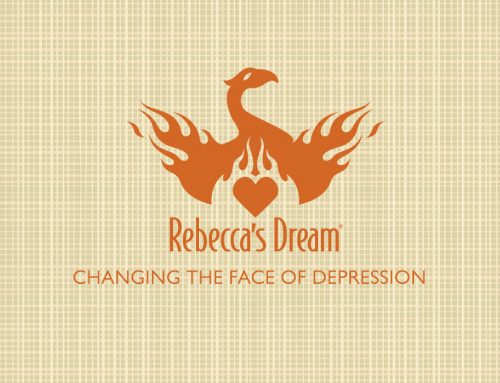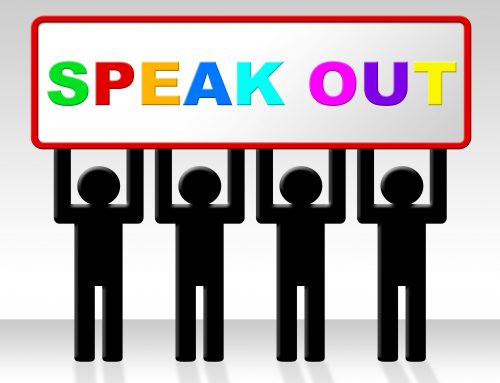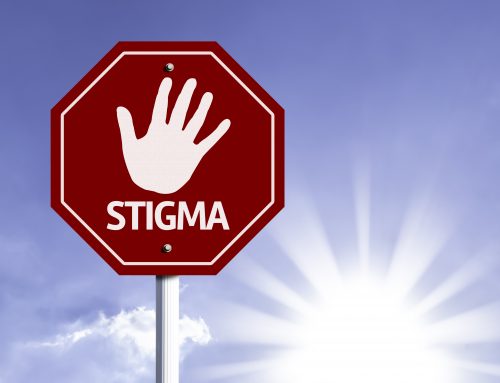Parents… monitor your children’s cell phones on a regular basis. Do it for their mental health.
You’re not just imagining it. More and more teenagers are suffering from anxiety and depression. Data from the Department of Health and Human Services show that more than 2 million American teens report experiencing depression that impairs their daily function, while 6.3 million (30 percent of girls and 20 percent of boys) have had an anxiety disorder, according to the National Institute of Mental Health.
Researchers believe those numbers have been gradually increasing since the 1930s. The rates of anxiety and depression among teens in the U.S. may be as much as eight times higher than they were 50 years ago – higher than during the Great Depression, World War II, the Cold War and the societal turmoil of the 1960s and early ’70s. And teens from all geographic, economic and ethnic demographics are affected.
So what’s different today that is causing teenagers’ mental health to suffer more than ever? Multiple factors contribute to these disturbing numbers. Social psychologist Jean Twenge, author of “Generation Me: Why Today’s Young Americans are More Confident, Assertive, Entitled – and More Miserable Than Ever Before,” wraps it up neatly: “The research tells us that modern life is not good for mental health.”
In addition to the new stresses of the modern world, adolescents still confront stress in connection with academic demands, pressure to succeed in sports or other extracurricular activities, parents’ high expectations, and uncertainty about their future. But they also face thorny issues that the teenagers of 50 years ago could never have imagined.
Most parents can easily identify one of the biggest 21st-century culprits affecting teen mental health: social media. Scientists are discovering an increasing number of troubling links between social networking and mental health challenges. That’s not surprising: Teens are particularly susceptible to peer pressure, which puts them at risk for experiencing or exacerbating mental health issues with more time on social media sites.
Studies show that increased Facebook use is correlated with low self-esteem and decreased life satisfaction. There’s also a biological component: The constant overstimulation created by social networking shifts the nervous system into fight-or-flight mode, which makes teen depression and anxiety worse. And the problem isn’t going away soon: Seventy-six percent of teens use social media, and 50 percent of teens feel they are addicted to their mobile devices.
Social media and cellphone use also contribute to another problem endemic to contemporary society: lack of connection. In a pre-smartphone age, young people were forced to interact face-to-face with their family, peers and community, and they learned empathy and social responsibility through witnessing the visceral, immediate impact of their actions in real time. In this way, they strengthened their understanding of themselves and their connection with others and the world around them.
Teens also have reason to feel enormous anxiety about the future of the planet. While political unrest, to one degree or another, has always existed, the kind of hopelessness that young people experience nowadays is unprecedented. Never before have we been so well-informed about the insurmountable threat to our environment or had such constant exposure to the injustices faced by so many around the globe. The negative impact of these concerns can be profound for teens, whose emotional-regulation skills are still developing.
So what can parents do? They can watch for warning signs and make sure their teen gets a professional assessment if warranted, and treatment if necessary. While teen depression and anxiety have been on the upswing for a long time, mental health treatment has not kept up. Researchers report that many teens exhibiting symptoms of depression and/or anxiety are undertreated or not treated at all.
Parents can also limit cellphone use and prioritize time as a family. They can reach out to their teens, making sure to keep the lines of communication open. They can teach their kids the pillars of a healthy lifestyle: good sleep, hygiene, nutritious food, time outdoors, and physical exercise, all of which have proved to increase happiness and well-being. The tools we can offer are simple, but the results can be profound during this important stage of life.

















